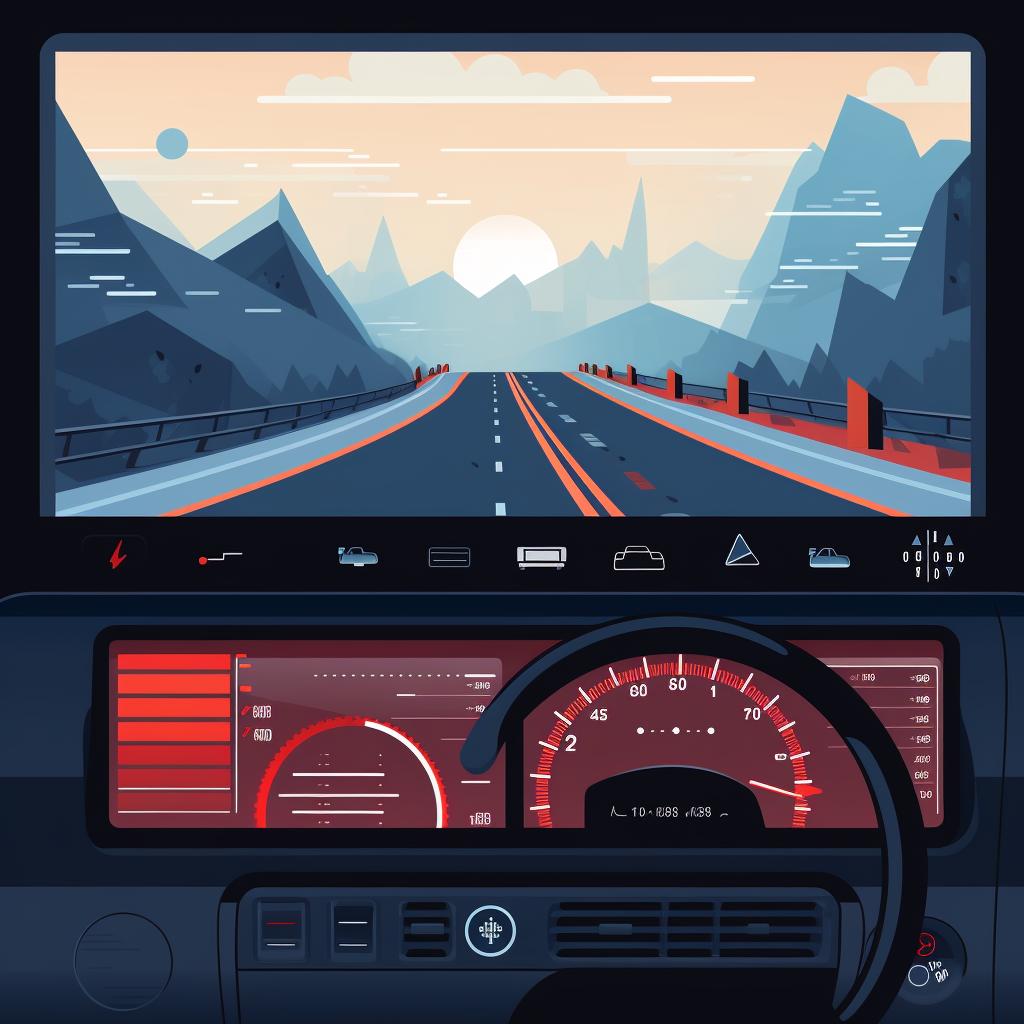Jonathan Rutherford is a retired law enforcement officer with over two decades of service under his belt. His extensive experience in investigating countless accidents has given him a firsthand view of the tragic consequences of negligent driving. Today, Jonathan is deeply committed to raising awareness about the significance of adhering to traffic laws and promoting responsible driving habits.
Blind spot monitors and rear cross traffic alerts are essential technologies that help drivers to navigate safely. There are various types of these devices available, each with their unique features designed to enhance your driving experience.
To understand the benefits of blind spot monitors and rear cross traffic alerts, take the Understanding Blind Spot Monitors and Rear Cross Traffic Alerts Quiz. This quiz will test your knowledge on these advanced driving safety features and help you identify your ideal car safety technology.
Are blind spot monitors and rear cross traffic alerts necessary for safe driving? Find out by taking the Are Blind Spot Monitors and Rear Cross Traffic Alerts Necessary for Safe Driving Quiz.
👀 Blind Spot Monitors: What's the Big Deal?
Blind spot monitors are devices that help drivers detect vehicles or obstacles in their blind spots. They use sensors and cameras to provide visual, audio, or tactile alerts if there's a vehicle in your blind spot when you're attempting to change lanes. To understand how blind spot monitors work, you can read more about it here.
Which Blind Spot Monitor Suits You Best? 🚗
There are three main types of blind spot monitors:
Types of Blind Spot Monitors
- Camera-based Monitors: These use cameras mounted on the sides of the vehicle to provide a view of the blind spots. Learn more about camera-based blind spot monitors.
- Radar-based Monitors: These use radar sensors to detect vehicles or obstacles in your blind spots. Find out how radar-based blind spot monitors work.
- Ultrasonic-based Monitors: These use ultrasonic sensors to detect vehicles or obstacles in your blind spots. Explore the main components or sensors used in ultrasonic-based blind spot monitors.
Each of these types has its pros and cons, and the best one for you depends on your specific needs and preferences.
Rear Cross Traffic Alerts: Your Parking Buddy 🅿️
Rear cross traffic alerts are safety features that warn drivers of approaching vehicles when they're backing out of a parking spot or driveway. Like blind spot monitors, they use sensors and cameras to detect vehicles approaching from the sides.
Mastering Rear Cross Traffic Alerts: A Step-by-Step Guide 🚦
When you're backing out of a parking spot, the rear cross traffic alert system will automatically activate. If it detects an approaching vehicle, it will provide an alert, typically a visual or audio warning. To test your knowledge on rear cross traffic alerts, take our Understanding Rear Cross Traffic Alerts Quiz. If you want to master the use of rear cross traffic alerts, check out our Mastering Rear Cross Traffic Alerts Guide. Additionally, if you're interested in understanding the difference between rear cross traffic alerts and parking sensors, take our Rear Cross Traffic Alerts vs Parking Sensors Quiz.
Let's now dive into how to effectively use rear cross traffic alerts to avoid accidents while backing out of parking spots.
Learn more about 🚦 How to Use Rear Cross Traffic Alerts: A Step-by-Step Guide 🚦 or discover other Driver Pals guides.
By following these steps, you can effectively use rear cross traffic alerts to avoid accidents. Now, let's move on to another crucial aspect of safe driving - collision warnings.
Raise Your Driving Game with Collision Warnings 🚨
Both blind spot monitors and rear cross traffic alerts are types of collision warnings. By understanding these systems and using them effectively, you can greatly improve your driving safety.
Understanding Blind Spot Monitors and Rear Cross Traffic Alerts
This quiz is designed to test your understanding of the various types of blind spot monitors and rear cross traffic alerts available. Let's see how much you've learned!
Learn more about 🚗 Test Your Knowledge: Blind Spot Monitors and Rear Cross Traffic Alerts or discover other Driver Pals quizzes.
Remember, these systems are not a substitute for attentive driving. Always check your mirrors and blind spots manually and use these systems as an additional safety measure.
Which blind spot monitor do you find most effective?
We'd love to know your thoughts on the effectiveness of different types of blind spot monitors. Which one do you find most reliable when you're on the road?
By understanding collision warnings and using them effectively, you can significantly reduce the risk of accidents and ensure a safer driving experience.



















